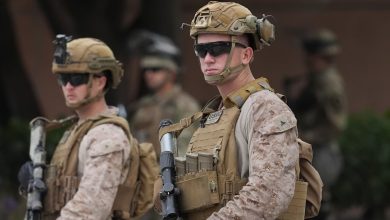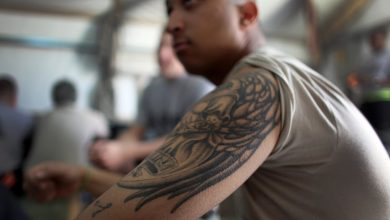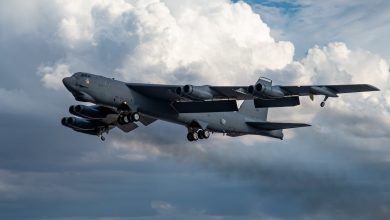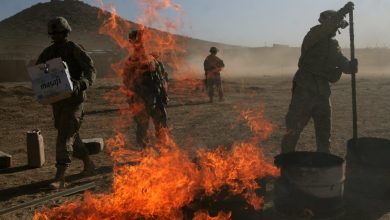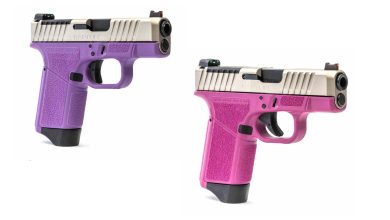Confidence Killers
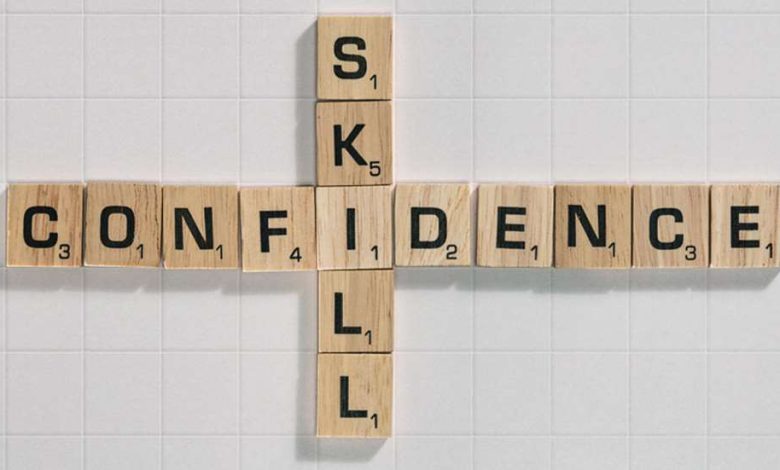
Confidence in performance shooting is the internal state of assuredness that arises when preparation, myelination and mindset converge into seamless execution. It is not bravado or ego-driven aggression, it’s the quiet internal stability that allows a shooter to perform under pressure without cognitive clutter.
True confidence on the line comes from structure: knowing the fundamentals cold, trusting in the process and remaining centered regardless of external variables. Whether it’s a competition stage, a qualification course or a high-stakes defensive encounter, confidence acts as the stabilizing factor that permits clarity of action without hesitation.
Professional shooters train relentlessly to cultivate confidence because it is the bridge between training and live performance. You can have perfect form on the range, but under stress and without confidence, your grip will loosen, your visual focus will drift and your fire control will fold like a cheap lawn chair.
Confidence transforms technical skill into real-time command. It enables the shooter to trust their mechanics, input relevant environmental information without panic, and execute each shot deliberately, with optimal control. And it is cyclical; confidence begets clean reps, and clean reps reinforce confidence. The pursuit of it becomes addictive because shooters know that with confidence, they can access their full capabilities under pressure.
Shooting confidence is revered because it’s the marker of someone who doesn’t just train but performs. It’s useful not because it eliminates tension, but because it brings coherence under stress.
The confident shooter doesn’t blink when the buzzer goes off, doesn’t second-guess alignment, and doesn’t become grief-stricken by a missed shot—they reset and move forward cleanly. Confidence allows presence. And presence in shooting—full, relaxed awareness combined with readiness—is the ultimate force multiplier. It’s not just a mindset. It’s a performance asset.
We all know what it takes to build confidence, but when it comes to performance shooting, what are the top three killers that can completely destroy confidence? Your gear, your fundamentals and your ability to perform under duress.
Gear
Nothing crumbles confidence faster than your gear. A broken or chipped extractor, loose optic or a holster missing a fastener will grind you down to an eventual halt. Although assumed, not every shooter checks their holster for missing screws, gives that carry optic a wiggle to ensure connection and check zero before you start training.
We’ve all done it. Get through a few drills and wonder why you’re all over the place when you’re normally not. Well, a loose optic guarantees that every time. Confidence killer. When you’re drifting consistently right and you can’t figure out why until you check zero—ahhh, it was the gun, it really wasn’t me; yes, but it’s a confidence killer. In the words of multi-world champion Rob Leatham, “It’s always the gun!” Knock that off the confidence killer list and at least you’ve eliminated one of the three.
Fundamentals
Next is technical skill. Do you have the skill to make that shot? Can you make it at or under par? Is it so technical that it falls outside your skills envelop? Do you even know where the outside edge of that envelope is?
The professionals know that the fundamentals are everything. If these are not dialed in, you don’t have a snowball’s chance in an Arizona summer for repeatable success. Unable to execute an assumed fundamental whenever you want is a definite confidence killer. Find your weakest link, the lowest hanging fruit, what you need to shore up the most and work on it until it becomes your strongest suit. If you fail to build a rock-solid foundation, then anything you stack on top of a weak foundation will crumble. The strength of your shooting foundation is commensurate with the coherence of your fundamentals.
Confidence takes exponentially longer to build than to destroy. It’s the exact reason why you want to learn from your mistakes, don’t be emotionally attached to them, glean what you can take from the lesson and move on.
Performance
Being able to perform a skill is one thing. Can you do it 85 percent of the time? Can you do it 95 percent of the time? What percentage of the time can you guarantee performance? What if your life depended on it? Would you implicitly trust it? In other words, do you have unwavering confidence in your ability to perform a task under duress—let’s say a qualification to keep your job, your place on a team or in self-defense.
Seasoned professionals will work the fundamentals until they can do them in their sleep. Then they continually press the envelope to push beyond their skill level to failure and then bring it back to the “guaranteed hit” zone. Push past, bring it back. This methodology is what pushes the edge of that envelop and builds confidence.
Another performance confidence builder is to shoot qualifiers or standards completely cold. First shot out of the holster that day. Nothing builds confidence faster than knowing you can pass a standard with no warmup.
Success
At a certain point, the confidence-success loop reaches critical mass. Every successful repetition—whether it’s a clean draw, a tight group or a perfectly timed reload—feeds the neural and psychological wiring that tells the shooter: I can do this. That internal confirmation reinforces confidence. In turn, that confidence reduces hesitation and cognitive drag thus paving the way for repeatable on-demand performance.
Confidence develops in subsequent reps or encounters. The loop tightens. Shooters who understand this structurally use it deliberately: they train for small, attainable wins that build internal trust. Over time, this creates a compounding effect—confidence grows, performance sharpens and the shooter enters a feedback loop of escalating capability. It’s not magic; it’s mechanics. Confidence isn’t the reward for success, it’s an integral part of the training process that creates it.
Read the full article here





